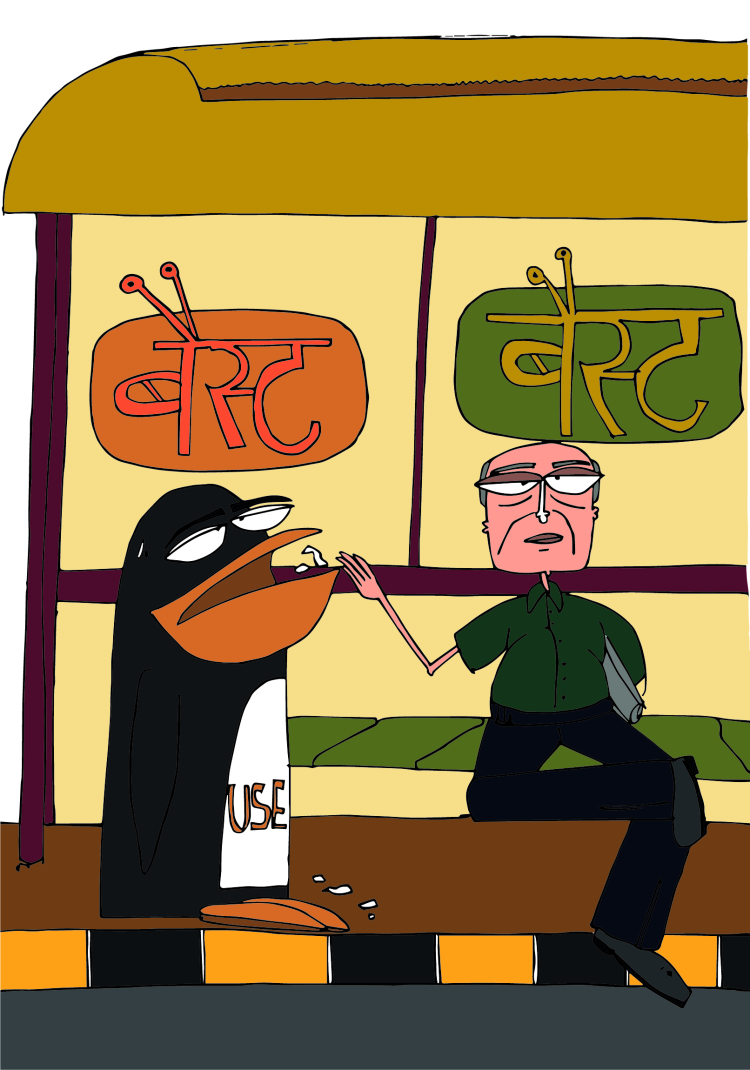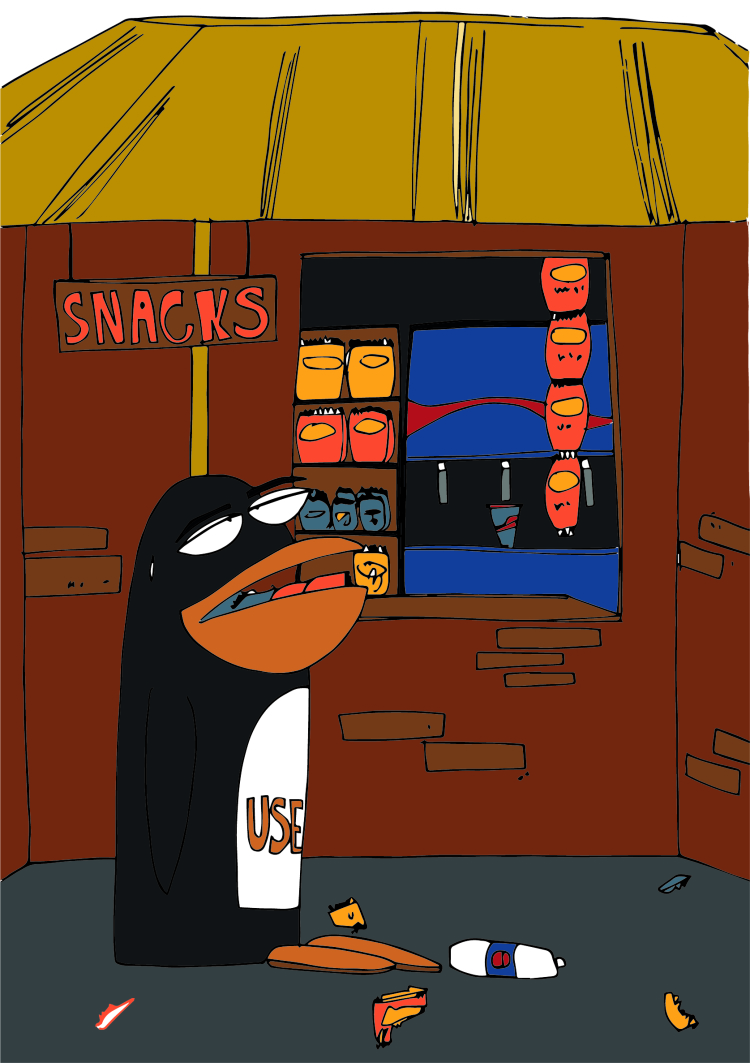easy
returns
cash on
delivery
free
shipping
Continue Shopping >




At the hottest hour of the hottest day of what is probably the hottest year since India began recording weather reports, I stepped out for a short walk. Only one other foolish biped stood in the middle of Pune’s Kamala Nehru Park—a disconsolate penguin. Not the living bird, of course—one of those zoomorphic fiberglass dustbins that is such a common sight in Indian urban contexts. Its mouth gaped, spewing garbage. It must have been too hot for the man who empties it daily to step out on his rounds.
Two thirds of India was wracked by a severe heat wave. I wasn’t in Chennai, where the drought was so severe it could be seen from outer space. I wasn’t in Bihar, where the official death toll had already reached seventy-eight. Even Pune, usually quite temperate, saw temperatures of almost 43 degrees. My standard running clothes—oversized black T-shirt I’ve had since middle school, culotte-like men’s basketball shorts—were far too heat-absorbent and clingy for this weather.
Without a protective layer of cloth, my face was immediately assaulted by a wall of heat. I regretted having omitted to adopt what one Quora user calls the “scarved Bandit Queen look of most girls in Pune.” I’ve learned, since then, how to fold and wrap a dupatta across my face in a style particular to this two-wheeler-loving town. Think of the length of cloth as divided into three. Take the first third and drape it over your head. Fold the middle third bib-like across your chest. Lift at the fold, taking the last third up over your mouth and nose, leaving only your eyes to fend for themselves in the brutal heat and dust.
I was fortunately well hydrated and had decent tree cover. The usually teeming cityscape was empty and abandoned. I could have spent time cataloging my physical and mental responses to the unusual weather conditions, forgetting that these are what a Facebook friend of mine called the "convulsions of an aching planet." But the solitary penguin, melancholy, incongruous in its black and white, its solid roundness, USE ME emblazoned on its trash-filled belly, made me think more seriously about human involvement in these heat waves. There is no doubt that human-induced global warming is causing more frequent heat waves. Greenhouse gas emissions and fossil fuel use lock in extreme heat. Unregulated construction and deforestation only worsen the situation. It is fitting that so many Indian municipalities have adopted these seemingly whimsical animal forms for our garbage cans. We take for granted that nature waits, openmouthed, to accept whatever we dump on her. In Chennai, the effects of the drought are seriously exacerbated by the fact that the rivers are so filled with sewage that the city must rely on monsoon rains to replenish its water reservoirs. Heat and drought change our relation to time—the texture of daily life becomes about waiting for the rains.
Monsoon brings only a temporary relief. We know that as the years pass, the heat is bound to increase. There is no doubt that extreme weather everywhere is simply becoming more extreme. Many of us claim to love the heat, to delight in summer foods and summer clothes. But a time will come soon when we’ll all be penguins in India—creatures whose bodies literally cannot bear the environment in which they find themselves.
I drew closer to the Kamala Nehru park penguin and realized that it had no eyes. A penguin for our times.
